- Call us: 01444 237070
- Contact Us
- Stores
- Sign In / Register
-
- Back
- Used Cameras
- Used Accessories
- Used Lenses
- Used Video
- Used Film Equipment
- Used Stock Alert
- Used Blank Test
- Sell or Part Exchange
- Used Clearance
- Recently Added Used Equipment
- Park Picks
- All Used Black Friday Deals
- Faulty
- Trade-In
- Blog
- New in
- Call us
- Contact us
- Stores
- Sign in
- Categories
- Tips & Inspiration
- Reviews
- News
- Events
- Features
- Buying Guides
- Competitions
Canon R7 Review for Photography
The Canon EOS R7 is a crop format EOS R mirrorless camera that offers a balanced mix of performance and accessibility. Designed to cater to a wide range of photographers, the R7 is known for its versatile features and contemporary technology.
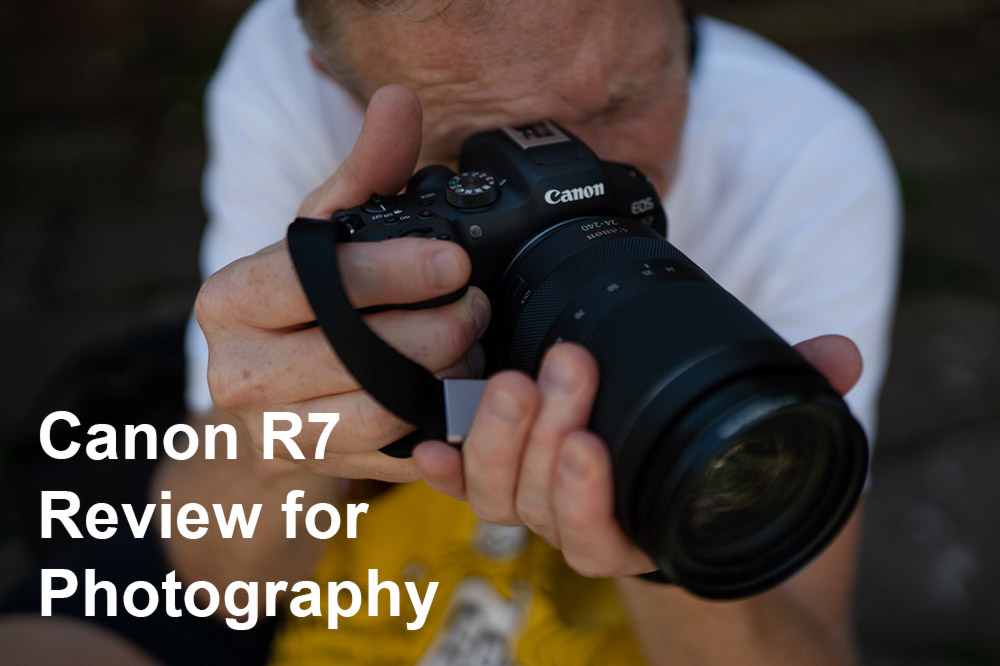
With a compact and ergonomic design, this camera is aimed at photographers who value portability, alongside the benefits which an APS-C sensor provides. This gives extra reach with a 1.6x crop factor, putting it somewhere in between the Canon EOS 7D Mark II and EOS 90D. In our Canon R7 review for photography we explore popular genres suited to this model and why you might want to switch from an existing Canon DSLR.
The camera distinguishes itself from other Canon mirrorless bodies through its high-resolution APS-C sensor and was the first crop-format EOS R to join the system. The sensor is supported by a reliable autofocus system and advanced image stabilisation, which are covered in our original Canon mirrorless APS-C cameras launch review. For this hands-on type review we look at how the camera handles for landscapes, wildlife, street photography and whether it’s a good choice as a general day-to-day multi-purpose camera for a staycation.

Sample seascape with the Canon RF 24-240mm f/4-6.3 IS lens at 24mm. Camera settings: Exposure 1/200 sec. f/8. ISO 400
Canon EOS R7 key features
The Canon EOS R7 boasts a compelling array of features that allow it to carve out its own niche in the mirrorless landscape. Equipped with a high-resolution sensor, it delivers impressive image quality and rich detail, making it a versatile tool for both photography and videography. Key features include:
- 32.5 megapixel APS-C Sensor
- Digic X Image processor
- 651 Dual Pixel CMOS AF II AF zones
- ISO 100 to 32,000 range
- 5-axis in-body image stabilisation with up to 8 stops depending on the lens
- 2.36m dot, 120fps viewfinder
- Two x SD/SDHC/SDXC, UHS-II memory card slots
- Articulating LCD touchscreen with 1.62m dots
- 30fps electronic and 15fps mechanical burst rates
- Measures approximately 132 x 90.4 x 91.7mm
- 612g weight
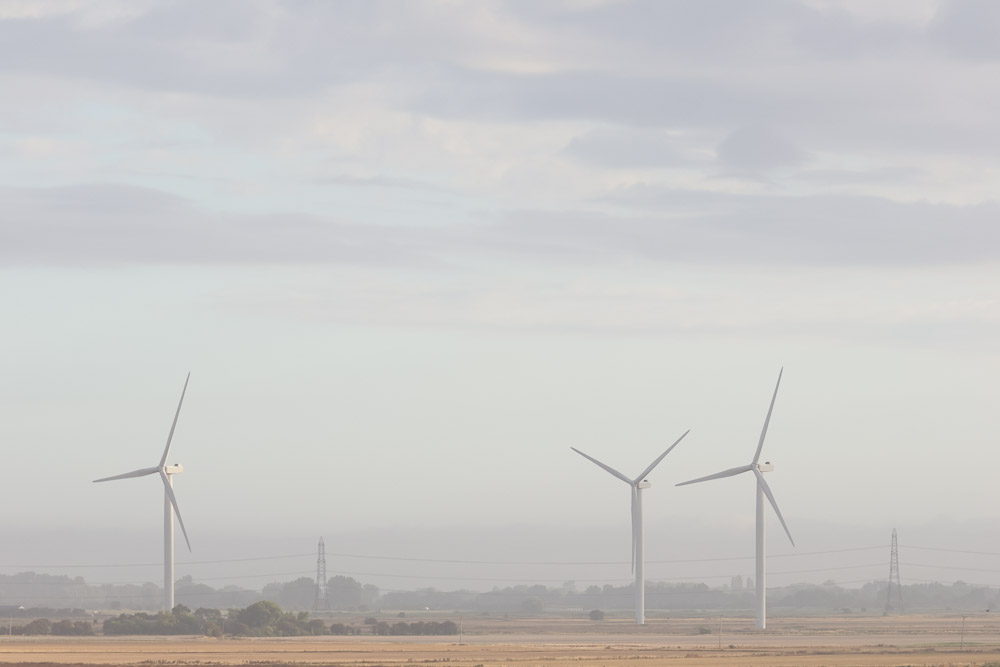
Wind turbines at sunrise with the Canon RF 24-240mm f/4-6.3 IS lens at 150mm. Camera settings: Exposure 1/500 sec. f/8. ISO 400
The camera's Dual Pixel CMOS AF II autofocus system helps you gain precise subject tracking and quick focusing, enhancing the overall shooting experience. With built-in image stabilisation, photographers can more readily achieve steady shots, even in challenging or low light conditions. In real world use I found I could shoot with the Canon RF 24-240mm F/4-6.3 IS USM Zoom Lens at slow shutter speeds and still gain pin sharp results. In fact this is probably the best performing combination I’ve used while shooting fast moving subjects, due to the high number of keepers.
The EOS R7's intuitive interface, responsive touchscreen, and customisable controls contribute to its user-friendly design, catering to photographers of varying skill levels.
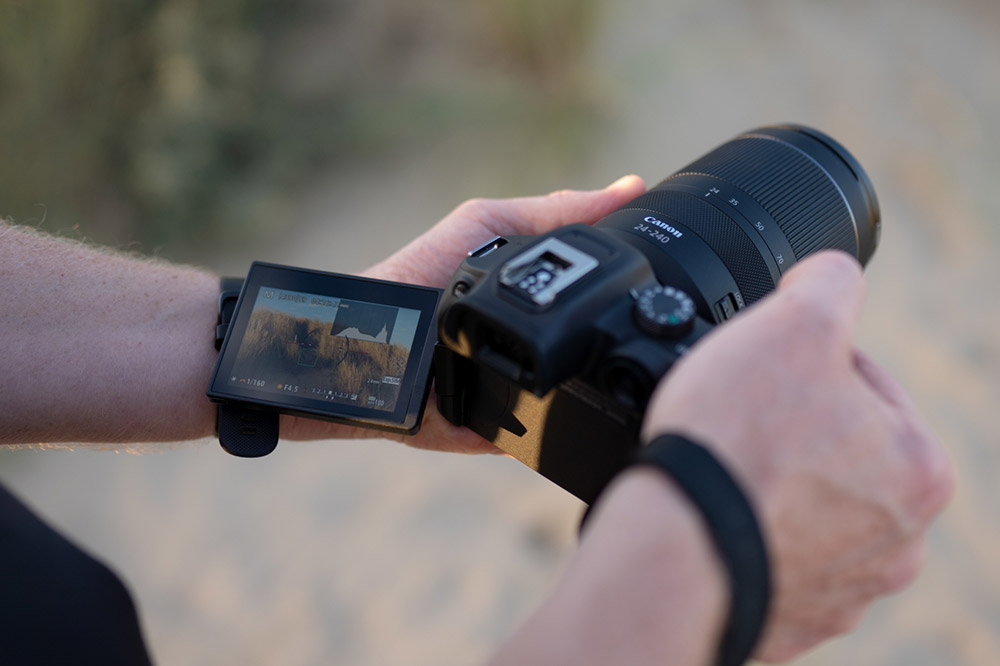
Canon EOS R7 build quality and handling
The Canon EOS R7 is a viable alternative to older DSLRs and features a chunky design with deeper grip than many APS-C format cameras, which will appeal to those familiar with a DSLR shooting experience. It feels very solid and reliable, and also features a durable and weather-sealed construction that ensures reliability in various shooting environments.
Its ergonomic design offers comfortable handling, allowing photographers to navigate through its controls and functions by intuitively swiping and tapping the LCD. Conveniently placed buttons and dials enable quick adjustments, although the omission of an exposure composition dial was challenging to begin with. You need to customise another dial for exposure compensation, which is a valuable function when shooting in Auto exposure modes, and is essential for many photographers.
The articulating touchscreen adds the versatility to compose shots from various angles and I found it especially useful on the beach while shooting landscapes, as well as for composing more discreetly at hip level for street photography.
With a balanced weight distribution, the camera feels stable even with the quite large full-frame lens attached, contributing to a comfortable shooting experience during extended sessions.
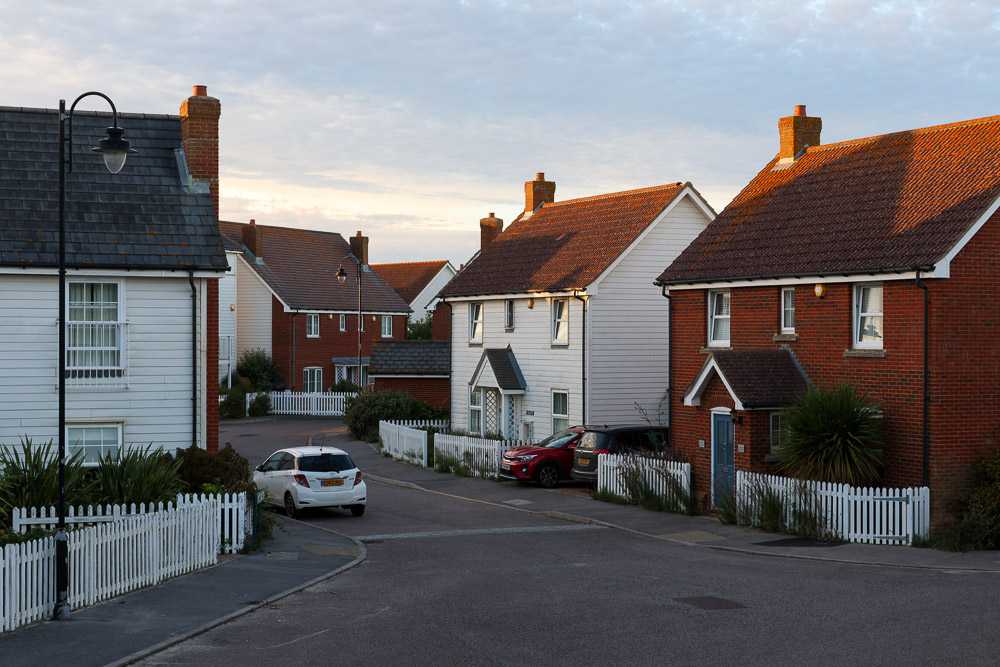
Sample street scene with the Canon RF 24-240mm f/4-6.3 IS lens at 35mm. Camera settings: Exposure 1/40 sec. f/8. ISO 200
Canon EOS R7 image performance
The Canon EOS R7 delivers suitably impressive performance, arguably offering more features and customisation than beginners will initially need. This is ideal for progressing your skills and makes it a versatile tool for various photography genres, especially if you shoot more besides wildlife or sports.
Its advanced autofocus system, powered by Dual Pixel CMOS AF II technology, provides fast and accurate subject tracking with a user-choice of people, animals or vehicles. I did find that when the lens was fully zoomed in (at an equivalent 384mm) it sometimes hunted for the subject, however the tracking was far stickier than anticipated, and it did an exceptional job on insects and airplanes, without these being an option to select in the menu.
Canon’s AF system is particularly beneficial for capturing moving subjects, and achieving precise focus for wildlife and birds. The camera's high-speed continuous shooting capability lets you capture fleeting moments, providing photographers with the flexibility to explore fast-moving subjects. As I was at the beach it was natural to point the camera at seagulls, and it did a fantastic job of nailing focus the vast majority of the time.

Seagull in flight (uncropped) with the Canon RF 24-240mm f/4-6.3 IS lens at 240mm. Camera settings: Exposure 1/640 sec. f/6.3 ISO 200
The EOS R7's image processor contributes to reduced noise and enhanced image quality across different ISO values. Canon is also well known for their rich colour science and ample dynamic range, which further contribute to producing vibrant and detailed photographs. All of the images in this review were shot in JPEG and have had minimal if any processing done, highlighting the natural results you can achieve, which draws many photographers to Canon.
The camera's integrated in-body image stabilisation adds to its performance, enabling sharper handheld shots. Whether in fast-paced scenarios or more controlled settings, the Canon EOS R7's performance make it a reliable tool for photographers aiming to achieve high-quality results.
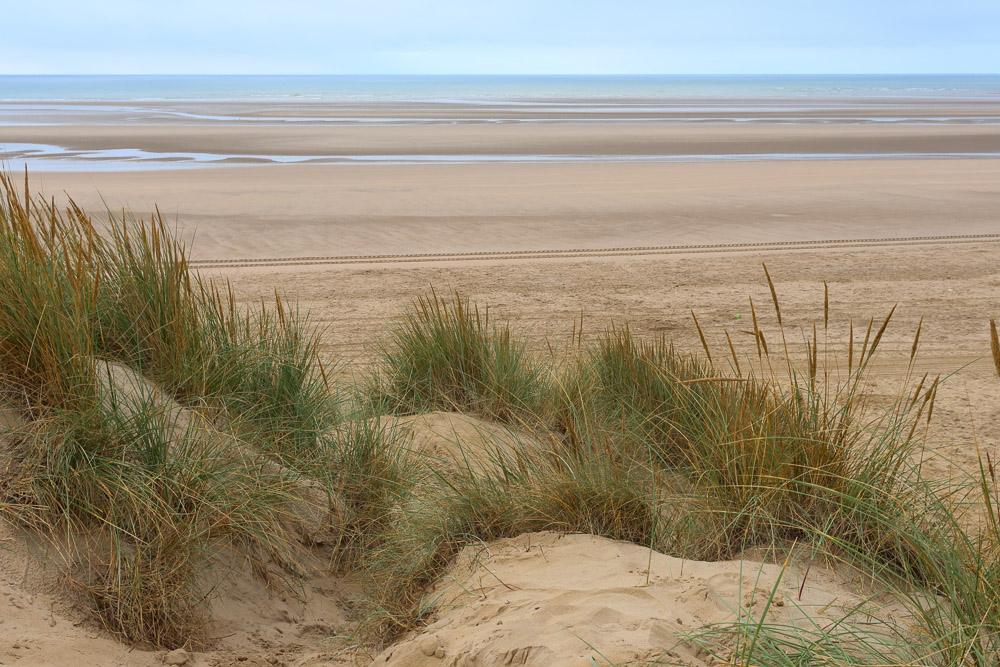
Canon R7 for different photographic genres
During my time with the camera I noted some qualities which the Canon EOS R7 offers for various genres of photography.
Landscape Photography
Although not known for its landscape photography abilities, the Canon EOS R7 features a high-resolution sensor that captures intricate details and plenty of textures, making it ideal for producing stunning landscape images. You have to consider the crop factor, as your foreground will be further away. With the 24mm at the wide end of the zoom, we get an equivalent 38.4mm, however I think it captured excellent results at this standard focal width, with beautiful colours and plenty of detail.
Along with low noise and high resolution, the R7’s dynamic range performed well to preserve details in both highlights and shadows, allowing for well-balanced landscapes with a wide tonal range. This was also true for daytime shooting where I was capturing street scenes and buildings, and the camera did well to retain detail without clipping, despite challenging conditions.

Butterfly close-up (uncropped) with the Canon RF 24-240mm f/4-6.3 IS lens at 240mm. Camera settings: Exposure 1/1600 sec. f/6.3 ISO 800
Wildlife Photography
The advanced autofocus system with subject tracking ensures quick and accurate focusing on fast-moving wildlife including birds and other creatures. Switching between single point and other AF areas was a breeze, with Expand AF Area ‘Around’ being particularly useful in a variety of situations. When the AF box switches blue the camera has recognised your subject and begins tracking tenaciously, which is of course ideal for a wildlife subject.
The high-speed continuous shooting capabilities enable capture of even very rapid movements, giving you a better chance of nailing even the most elusive wildlife moment. Whilst I am definitely no wildlife photographer unlike Ben Hall who shares wildlife photography tips here, the camera helped me capture sharp results of birds and butterflies, with Auto ISO and auto AF/AE settings.
The APS-C crop mode offers an extended reach, effectively multiplying the focal length of the lens by 1.6x, which is beneficial for getting closer shots of distant subjects, which is why many wildlife photographers will opt for a crop sensor camera over full-frame.

Cityscape with the Canon RF 24-240mm f/4-6.3 IS lens at 240mm. Camera settings: Exposure 1/500 sec. f/10 ISO 200
General purpose photography
The Canon EOS R7's portable size and lightweight design make it easy to carry around for everyday photography adventures, whether pounding the streets or documenting a family event.
The camera can be paired with a variety of lenses, cementing its suitability for capturing a wide range of subjects and scenes. Although this is an APS-C body, you can use full-frame lenses perfectly, such as the Canon RF 24-240mm F/4-6.3 IS USM used for the entirety of this review.
An intuitive touch interface and customisable buttons allow quick access to frequently used settings, making it convenient for spontaneous shots of different subjects. Once you customise the camera you’ll be able to shoot confidently, whether capturing food photos, action or street.

Lockdown library with the Canon RF 24-240mm f/4-6.3 IS lens at 240mm. Camera settings: Exposure 1/640 sec. f/8 ISO 4000
Portraits
The high-resolution sensor and accurate colour rendition, combined with sharp Canon lenses produces detailed and lifelike portrait images.
The Canon RF lens system includes lenses with wide apertures, like the affordable Canon RF 50mm F/1.8 STM Prime Lens, which creates beautiful bokeh and allows for great subject separation. You can also add the Canon EF-EOS R Mount Adapter and utilise all of your older DSLR lenses if moving to mirrorless for the first time, saving on the need to buy new or used Canon lenses at the outset.
The camera's advanced face and eye detection help to gain precise focus on your subject's face and eyes, resulting in well-focused portraits, which remains effective when tracking people and they look away or move around the frame. The R7 offers various creative modes, customisable picture styles and in-camera editing options to achieve the desired mood and style for portrait photography quickly whilst on location.
These qualities amongst many more make the Canon EOS R7 versatile enough for a variety of photography genres, catering to photographers who simply want a general purpose camera for their photography.

Historic scene with the Canon RF 24-240mm f/4-6.3 IS lens at 240mm. Camera settings: Exposure 1/640 sec. f/7.1 ISO 200
Canon EOS R7 video performance
Although I did not shoot any video, it’s worth noting that the Canon EOS R7 doesn't just capture stills, it also offers impressive video performance that caters to the needs of content creators and videographers. With an ability to record 4K UHD video at various frame rates, including 60p and 30p, the camera ensures smooth and high-quality video capture.
10-bit 4:2:2 output via HDMI and support for Canon Log provides greater flexibility in post-production colour grading and editing. This makes the Canon EOS R7 an appealing choice for videographers who demand a versatile tool to create cinematic visuals.
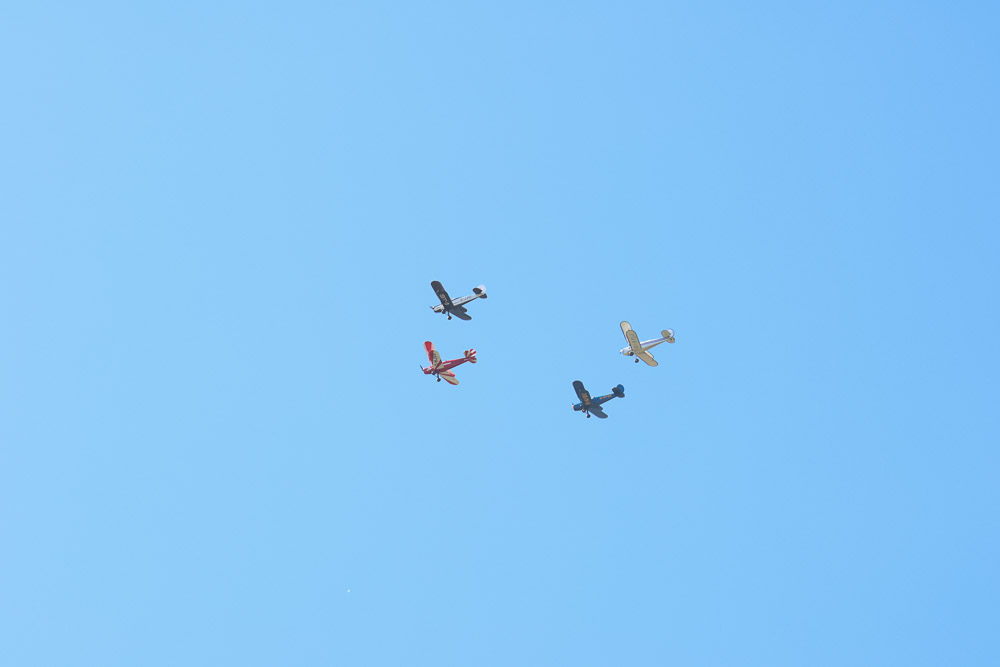
Four bi-planes (uncropped) with the Canon RF 24-240mm f/4-6.3 IS lens at 118mm. Camera settings: Exposure 1/640 sec. f/6.3 ISO 400
The best Canon R7 accessories
- A high-speed, reliable memory card is crucial for recording both high-resolution photos and 4K videos. Look for faster UHS-II SD cards with fast read/write speeds to ensure smooth performance and quick data transfer, and you can add two thanks to dual card slots.
- Having additional batteries ensures you won't run out of power during extended shooting sessions. Consider getting genuine Canon LP-E6NH batteries or third-party alternatives that offer good performance and compatibility.
- For improved audio quality, an external microphone like the Rode VideoMic Pro or the Canon DM-E1 Directional Stereo Microphone can be attached to the camera's new format hot shoe. This helps in capturing clear and crisp sound while recording videos and elevates your content compared to the built-in microphone.
- If you want to add supplemental lighting to your work, try the cost-effective Canon Speedlite EL-100 Flash or you can step up to the GN 43 Canon Speedlite 430EX III-RT Flash for brighter output.
Remember that the choice of camera accessories may vary based on your specific needs and preferences and you should always check compatibility before purchasing any accessory.
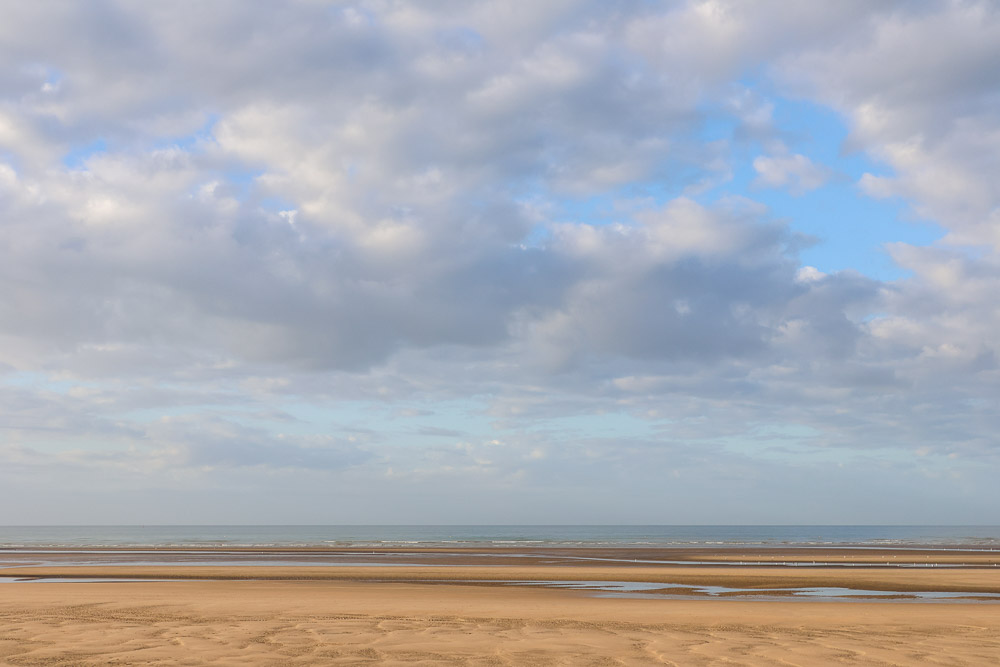
Beach at sunrise with the Canon RF 24-240mm f/4-6.3 IS lens at 118mm. Camera settings: Exposure 1/800 sec. f/8 ISO 400
Canon RF 24-240mm F/4-6.3 IS USM lens performance
The Canon RF 24-240mm F/4-6.3 IS USM Zoom Lens offers a versatile zoom range that caters to a wide range of photography genres. Its compact and lightweight design makes it ideal for on-the-go photography, allowing you to explore various focal widths without the additional weight of carrying multiple lenses.
A well-designed zoom and focus ring provide smooth and precise control, enabling easy adjustments while maintaining stability. The built-in Image Stabilisation (IS) system enhances handling further, minimising the impact of camera shake, especially at longer focal lengths. I was able to shoot with the lens fully extended and achieve sharp results virtually the entire time, with Auto ISO picking up the slack where needed. When you shoot in RAW it’s becoming easier to remove noisy results with AI-based noise reduction, so you can really shoot handheld at slower speeds and higher ISOs without any worries.
This lens also features a reliable USM (Ultrasonic Motor) autofocus mechanism that ensures quick and accurate focusing, enhancing the overall experience. Whether capturing landscapes, portraits, or distant subjects, the Canon RF 24-240mm F/4-6.3 IS USM provided great results and is able to cater to amateur, and more advanced enthusiast requirements.
Image quality across its focal range was high. At the wider end, the lens produces sharp and detailed results with well controlled distortion, making it well-suited for landscape and architectural or street and environmental photography. As the focal length extends, the lens maintains good edge-to-edge sharpness, allowing for high-quality portraits with pleasing background bokeh.
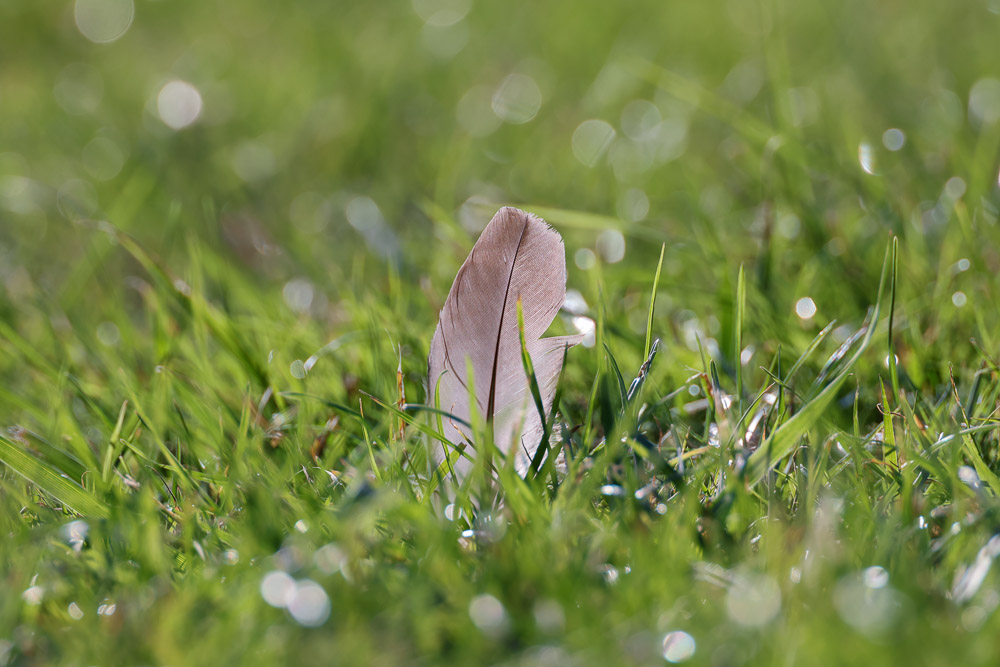
Close-up of feather and bokeh with the Canon RF 24-240mm f/4-6.3 IS lens at 157mm. Camera settings: Exposure 1/800 sec. f/6.3 ISO 200
The zoom also exhibits effective control over chromatic aberrations, resulting in clear and vibrant images with reduced fringing, even in challenging or backlighting conditions. While the variable aperture range may limit its low-light performance a little, the lens's IS system compensates for this really well, enabling stable handheld shooting in various scenarios.
You can capture silky smooth backgrounds and nice bokeh by shooting closer to the subject and leaving a greater distance between it and the background. Several of the shots in this review demonstrate defocus capabilities, including the butterfly and feather shots which show pleasing out of focus areas.
Overall, the Canon RF 24-240mm f/4-6.3 IS USM Zoom Lens strikes a balance between handling, versatility and image quality, making it a valuable addition to the Canon RF lens lineup for those seeking an all-in-one solution.

Two seagulls with the Canon RF 24-240mm f/4-6.3 IS lens at 240mm. Camera settings: Exposure 1/800 sec. f/6.3 ISO 1000
The Canon EOS R7 presents a compelling option for photographers looking for a well-rounded mirrorless camera. Its combination of advanced features, versatile performance and user-friendly design make it suitable for both beginners and advanced enthusiasts, or professionals who don’t need the full-frame capabilities of the R3, or R5.
The enhanced autofocus system, high-speed continuous shooting, and impressive image quality make it particularly appealing to those interested in action, wildlife, and sports photography. Additionally, its compact and ergonomic build, along with a range of customisable controls, cater to photographers who prioritise ease of use and handling.
With its ability to adapt to a variety of shooting situations and deliver consistent results, the Canon EOS R7 is a valuable tool for those looking to expand their creative horizons and capture captivating moments with confidence.
Shop for a new Canon EOS R7 today, or you can save by browsing our stock of used Canon cameras, although you have to be quick as they are extremely popular and tend to sell out quickly.
Cover image curtesy of April Dautlich.
Share this post:
By Nick Dautlich on 04/09/2023
Nick Dautlich
Senior Content Writer and Product Reviewer
Nick Dautlich is the Senior Content Writer and Product Reviewer at Park Cameras, with over 15 years of photography experience. A Sony Imaging Professional and expert reviewer, Nick has worked with major brands such as Canon, Sony and Nikon. His work is also featured on Vanguard World UK’s website, Capture Landscapes, and Shutter Evolve. Nick’s photography includes National Trust projects and magazine covers and he is passionate about landscapes and storytelling. Nick also enjoys hiking and teaching his children about nature. Learn more on his profile page.

Trade in your old equipment
Fast and easy trade in service ensures your old gear is collected efficiently and you are paid quickly! It's very simple to trade in your unwanted photography gear. Just head over to our dedicated Sell or Part Exchange page, fill out the details, and we'll get back to you with an offer for your old gear. Take the cash, or put it towards the cost of your new gear. It's up to you! Find out more
sign up to the newsletter
Keep up to date on the latest photography news, events and offers. Sign up now